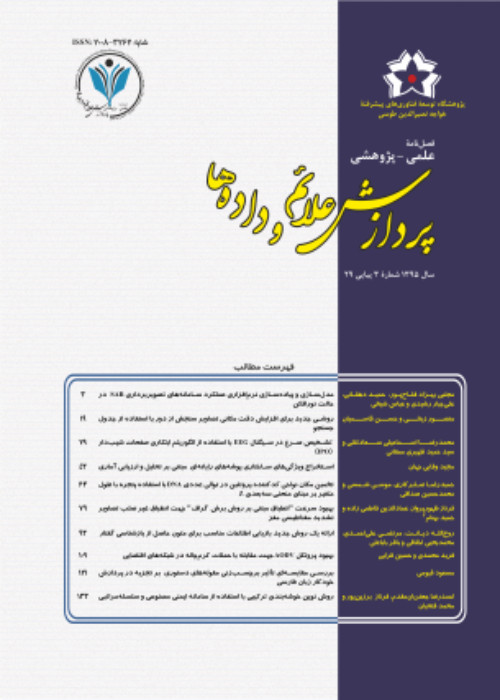Analytical determination of the chemical exchange saturation transfer (CEST) contrast in molecular magnetic resonance imaging
Magnetic resonance based on molecular imaging allows tracing contrast agents thereby facilitating early diagnosis of diseases in a non-invasive fashion that enhances the soft tissue with high spatial resolution. Recently, the exchange of protons between the contrast agent and water, known as the chemical exchange saturation transfer (CEST) effect, has been measured by applying a suitable pulse sequence to the magnetic resonance imaging (MRI) scanner. CEST MRI is increasingly used to probe mobile proteins and microenvironment properties, and shows great promise for tumor and stroke diagnosis. This effect leads to a reduction in magnetic moments of water causing a corresponding decrease in the gray scale intensity of the image, providing a negative contrast in the CEST image. The CEST effect is complex, and it depends on the CEST agent concentration, exchange rates, the characteristic of the magnetization transfer (MT), and the relaxation properties of the tissue. The CEST contrast is different from the inherent MT of macromolecule bounded protons which evidently occurs as a dipole-dipole interaction between water and macromolecular components. Recently it was shown that CEST agents can be strongly affected by the MT and direct saturation effects, so corrections are needed to derive accurate estimates of CEST contrast. Specifically, the existence of an analytical relation between the chemical exchange rate and physiological parameters such as the core temperature, glucose level, and PH has generated more interest in quantification of the CEST contrast. The most important model was obtained by analyzing water saturation spectrum named magnetization transfer ratio spectrum that was quantified by solving Bloch equations. This paper provides an analytical closed-formula of CEST contrast under steady state and transient conditions based on the eigenspace solution of the Bloch-McConnell equations for both of the MT and CEST effects as well as their interactions. In this paper, the CEST contrast has been modeled in two- and three-pool systems using measured (experimental- real data) and fitted data similar to the muscle tissue by considering interfering factors. The resulting error was characterized by an average of relative sum-square between three experimental data and fitted CEST contrast based on the proposed formulation lower than 4 percent. For further validation, these formulations were compared to the empirical formulation of the CEST effect based on a diamagnetic contrast agent introduced in the two-pool system. Using the proposed analytical expression for the CEST contrast, we optimized critical parameters such as concentration contrast agent, chemical exchange rate and characteristics of the electromagnetic radio frequency pulse via amplitude and pulse width in the rectangular pulse.
- حق عضویت دریافتی صرف حمایت از نشریات عضو و نگهداری، تکمیل و توسعه مگیران میشود.
- پرداخت حق اشتراک و دانلود مقالات اجازه بازنشر آن در سایر رسانههای چاپی و دیجیتال را به کاربر نمیدهد.


